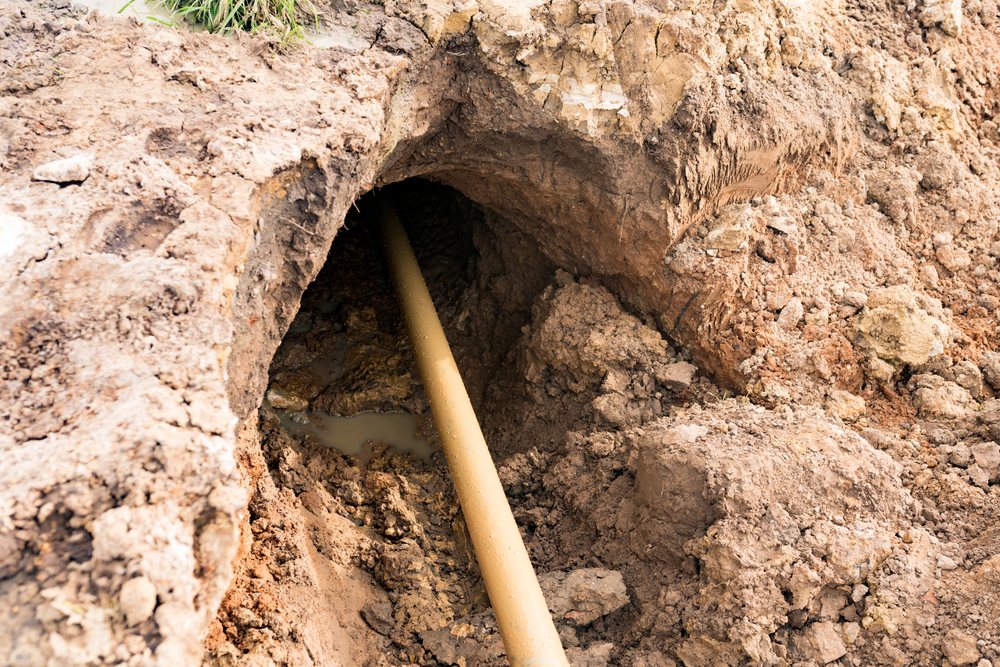Drilling underground pipelines in shallow arcs following a predetermined bore path with minimal damage on the surrounding environment is accomplished. It is using horizontal directional drilling (HDD), which is a steerable trenchless approach that uses a surface-launched drilling rig to complete the job.
When trenching or excavation is not an option, directional boring is employed to solve the problem.
Installation of Pipelines
Crossing pipeline with horizontal directional drilling is accomplished by drilling a small diameter pilot hole (typically 6 inches to 8 inch in diameter) along the borehole path. Later follows enlarging/reaming the pilot hole to a radius that allows the pipe thread to be drawn back from the borehole hole (generally 1.5 times pipe diameter).
Meanwhile, pipe string preparation, such as welding of line pipes and NDT of weld joints, field joint coating, and pre-hydrostatic testing of the prepared pipe string. It is carried out on the opposite side of the crossing from where the boring/reaming operation is being carried out. After the hydrostatic testing has been completed successfully, the pipe string is dragged back into the larger hole and secured.
Geo Technical Investigation
Various types of drilling heads/tools are employed in the pilot-hole drilling procedure. The type of soil strata plays a role in the selection of the appropriate drilling head. It becomes important to check the condition of the soil for proper application of drilling technology.
Not only is it the goal of the geo-technical investigation to determine the feasibility of horizontal directional drilling crossing. But it is also to discover the most efficient method of accomplishing it. The geo-technical information dictates the identification of the optimal crossing path. As well as it involves the selection of drilling gear and the methods for completing the crossing.
During the geo-technical survey, the following issues will be investigated:
- Soil identification to determine the presence of rock, rock inclusions, gravelly soils, loose deposits, discontinuities, and hardpans.
- The soil's strength or conditions which also include the compositions.
- The level of groundwater and the acidic condition of soil.
A study of geo-technical issues for horizontal directional drilling is carried out by examining soil samples recovered from bore-holes dug along the pipeline route, which is referred to as bore log data. If there is a long crossing, bore logs are typically obtained at 200 m intervals, with the longest crossing taking the longest?
For short crossings, that is, crossings that are less than 300 m in length, as few as three boring logs may be required to complete the crossing. The bores should be close to the drill path to provide correct soil data. On other hand should be far enough from the borehole to prevent pressured mud from following natural ground fissures. As it can be rupturing to the ground surface through the soil test bore hole.
As new pipes are constructed in densely populated urban areas, the use of high-density drains (HDD) has expanded significantly. An up-to-date review and evaluation of the latest developments in the theoretical creation and application of pullback loads, borehole stability, and borehole mud pressure estimate models is provided in this work. New technologies and equipments are invented to increase the productivity and reduce the time required for digging.
Conclusion
It is possible to lay underground utility pipelines using Horizontal Directional Drilling (HDD), even in difficult terrain where open-cut methods are ineffective. As new pipes are constructed in densely populated urban areas, the use of high-density drains (HDD) has expanded significantly during the past decade.
As a result, academics have worked to build fundamental engineering theoretical models as well as technological advancements to further boost the usage of this technology.


0 comments :
Post a Comment